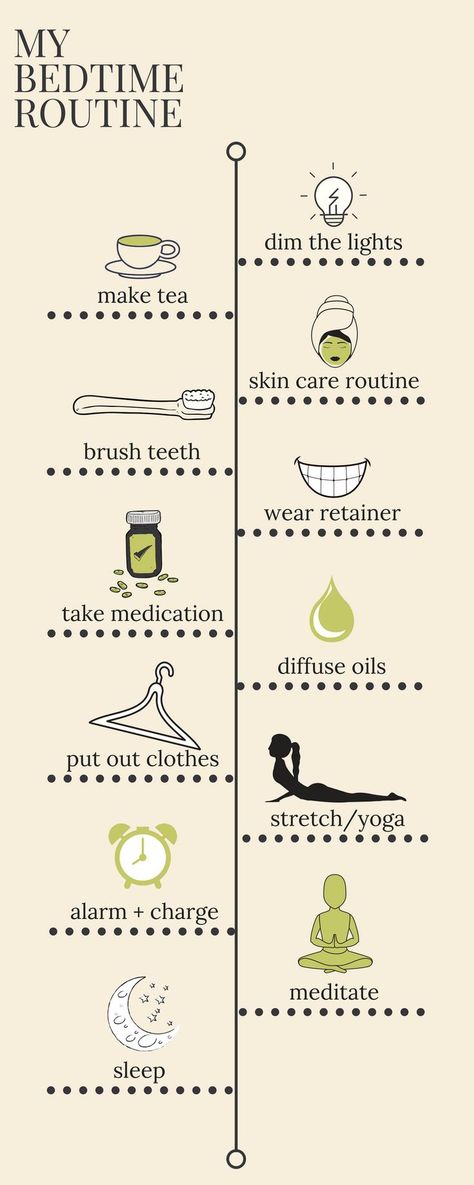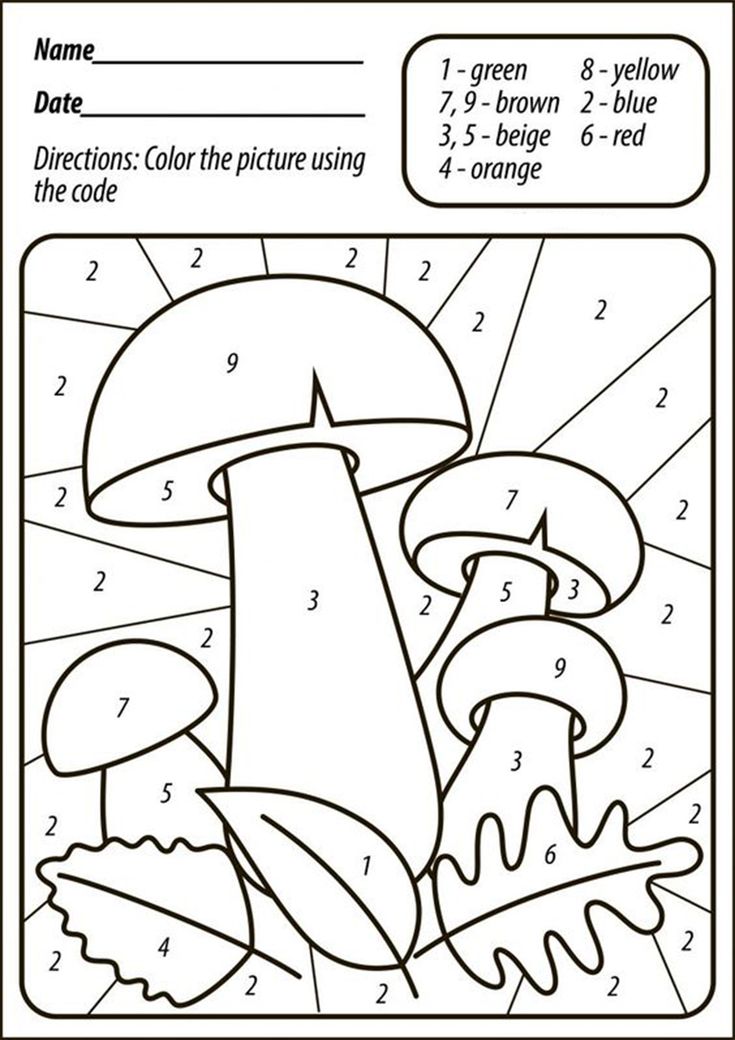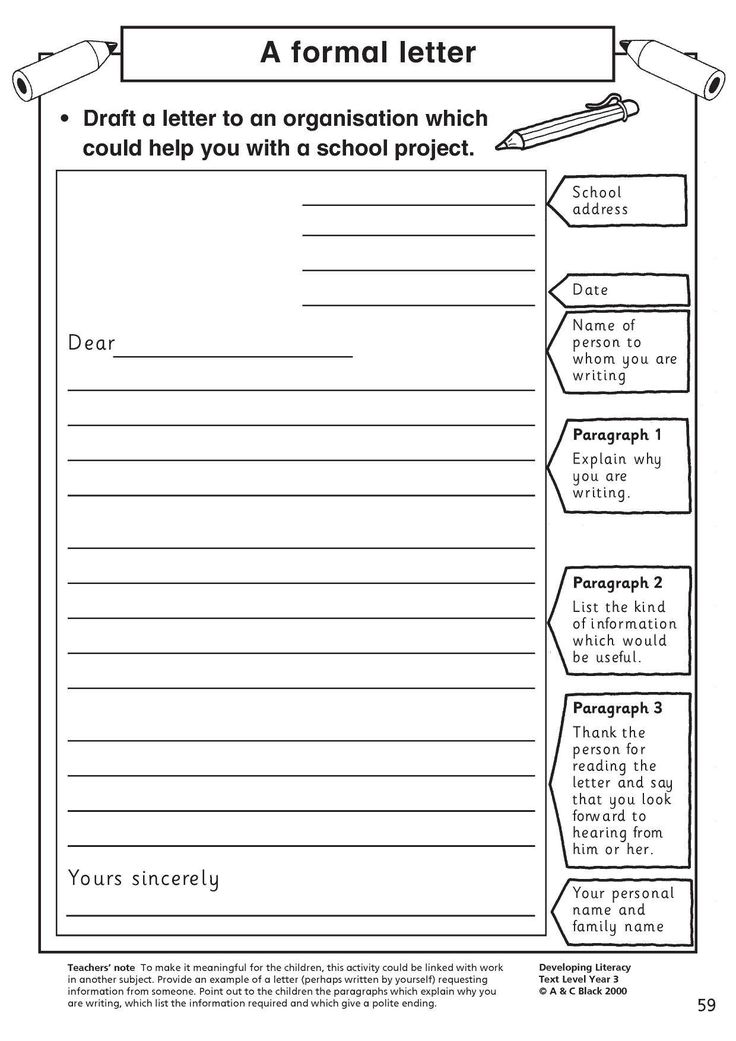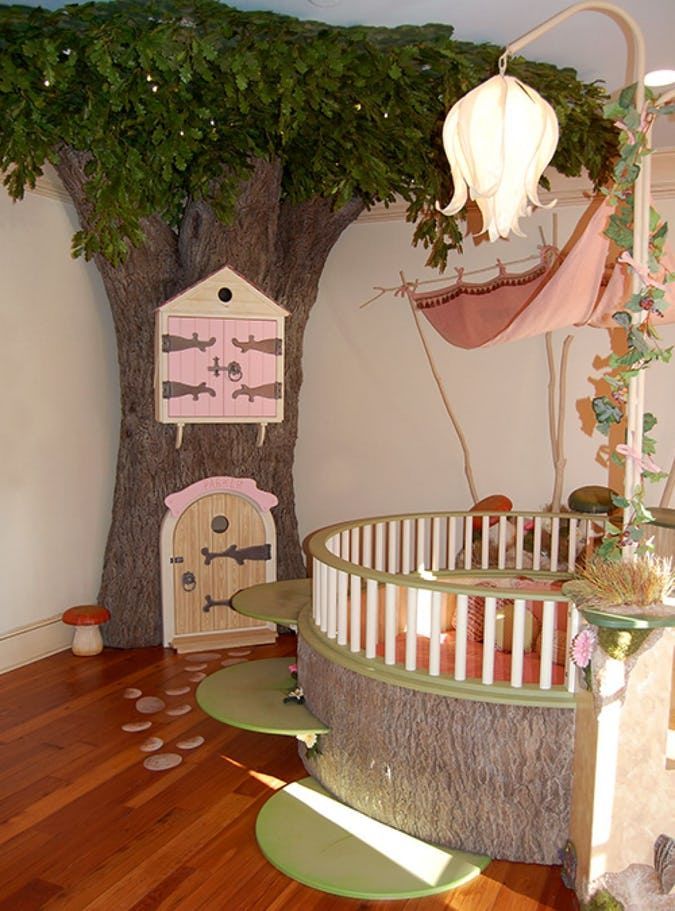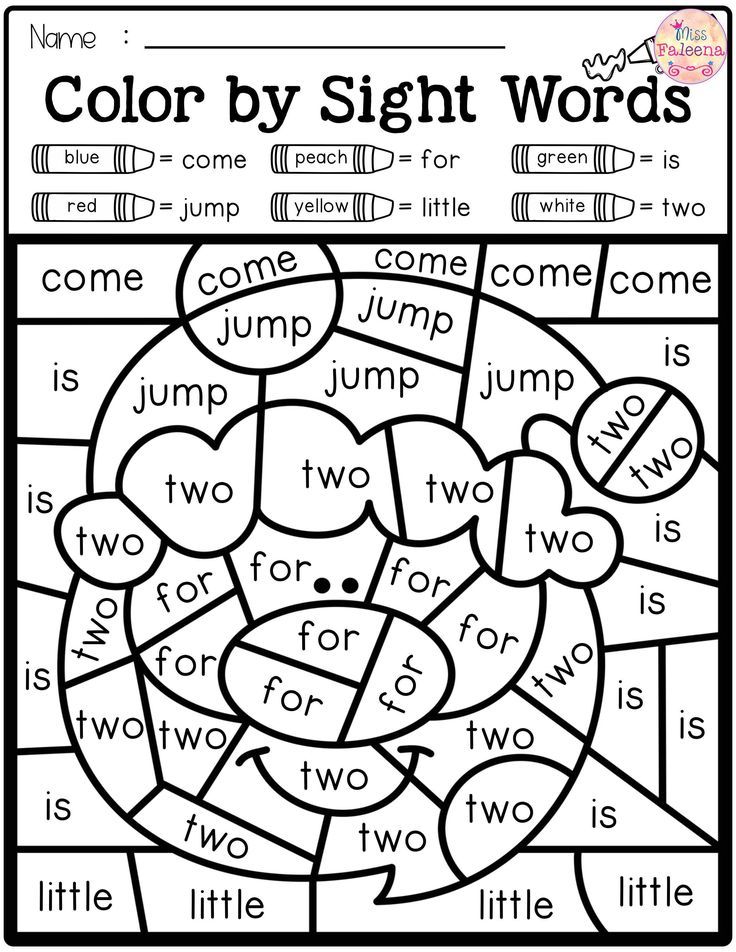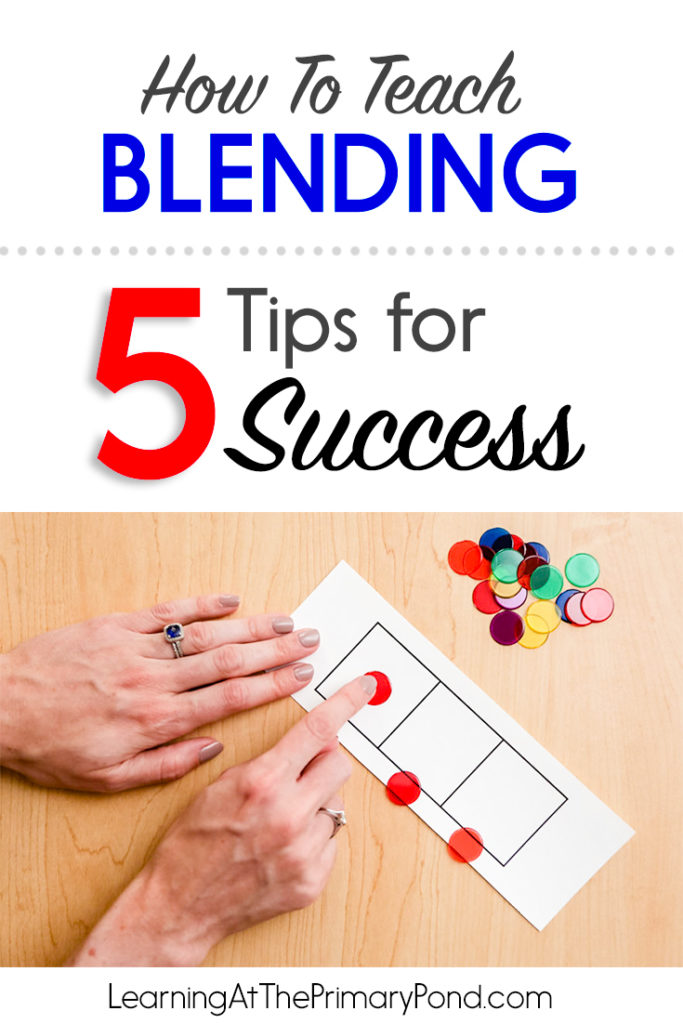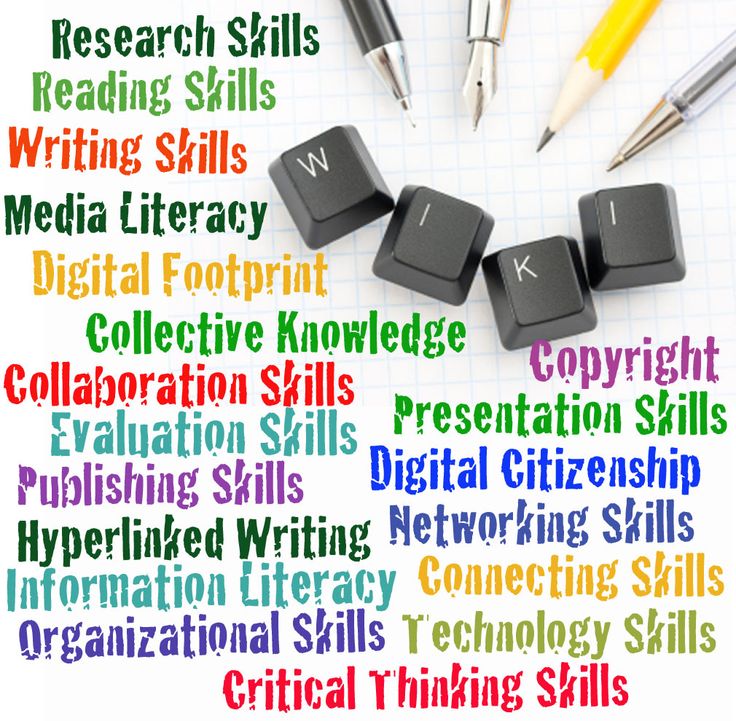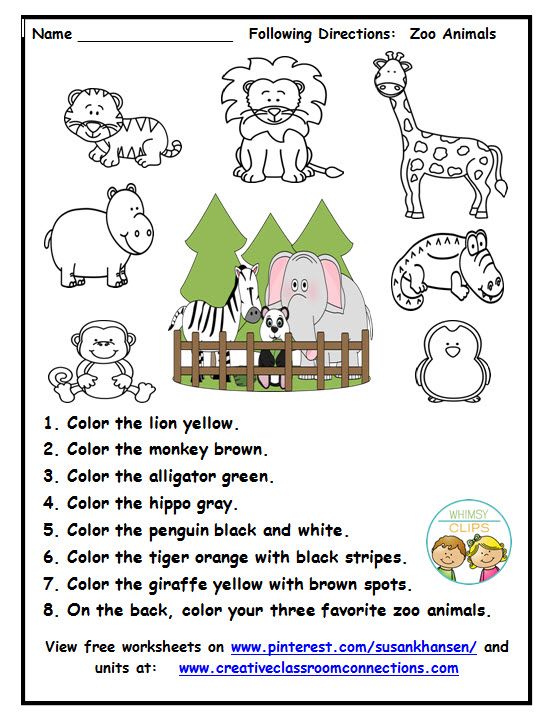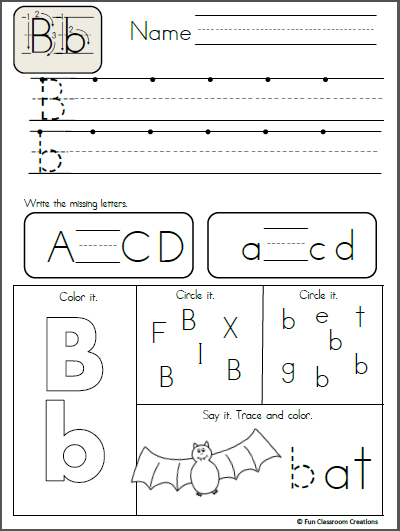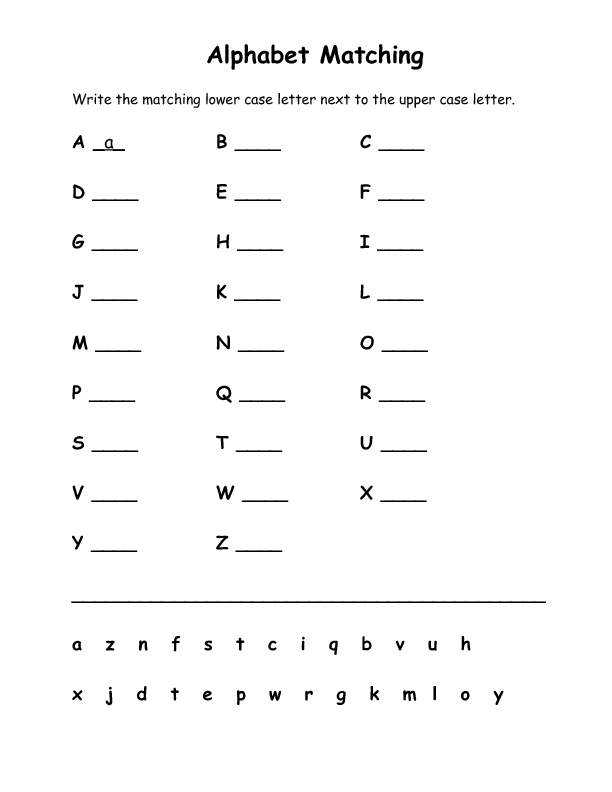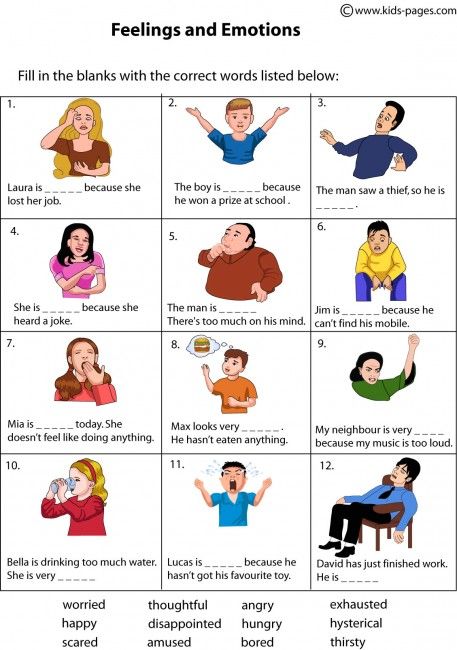Dramatic play for preschoolers ideas
7 Dramatic Play Ideas for Preschoolers
Dramatic play is a crucial part of early childhood education. Not only is dramatic play fun for preschoolers, but it also encourages expression and imagination. Through this entertainment, your children are sure to build social and emotional skills, language skills, and problem-solving skills! Encourage dramatic play in your classroom with these seven engaging activities!
1. Workshop
Set up a workshop area for the children in your classroom to enjoy. The space should be sturdy and provide a place for children to work on projects that are safe for them. Make sure your workshop is also equipped with the right tools for building. These tools should be lightweight and easy to grip. Additionally, every handy worker needs a tool belt. Find a tool belt that best fits your child and all their tools! Encourage the children in your care to let their creative imaginations run wild while they build.
2. Food Market
Set up a food market to encourage dramatic play in your classroom. Preschoolers will love pretending to buy and sell fresh produce. Add more to your market with dramatic play foods. This is a great opportunity to incorporate foods from different regions and countries. Equip your children with grocery bags for more realistic play.
3. Bakery
You can't go wrong setting up a bakery-themed area in your dramatic play center! For starters, you'll need a play kitchen and a bakery set. You can spice up the center with pretend play seasonings or kitchen materials such as pots and pans! Encourage little chefs to bake goodies and "sell" them to other preschoolers in the classroom.
4. Puppet Show
Encourage your preschoolers to have a puppet show! Children will love a puppet theatre that is their height, making storytelling more accessible to them. But what's a puppet show without puppets? Visit the Puppets' Accessories section of our website to browse a variety of hand and finger puppets for the little ones in your care to enjoy.
5.
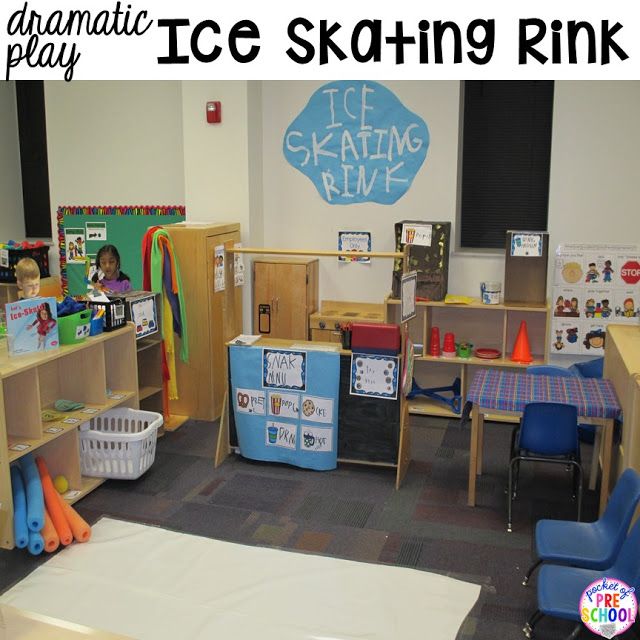 Cleaning Service
Cleaning ServiceLittle ones love to help clean up! Cleaning is a skill that children will need to learn for the future. Engaging in cleaning-themed pretend play is not only enjoyable but also a necessary life skill for your preschoolers. Encourage children to use their dramatic play cleaning supplies alongside you, so they can learn the right way to clean.
6. Hospital
Encourage the preschoolers in your care to pretend to be the doctor and patient with a hospital-themed area in your dramatic play center. Get the little doctors into character with realistic doctor scrubs. When the future doctors have on their outfits, they will be ready to explore their medical setting and find the right tools to get to work on patients! Encourage children to take turns playing different roles in the hospital.
7. Camp Out
A classic camp out makes a great dramatic play activity! Preschoolers will love pretending to cook food and camp out in the wilderness. Camp themed dramatic play elements are also perfect for interactively teaching children about important camping safety or simply how to pitch a tent.
Additional Resources
School Readiness
Activity Ideas
Classroom Setup
Get new articles in your email.
Sign Up Now
Ultimate List of Dramatic Play Ideas for Preschoolers
Preschoolers love to pretend! Engaging in one of these rich dramatic play ideas is the best way for children to learn and grow in preschool. At a minimum, the basic dramatic play set-up is a housekeeping center, but when it’s time for a change, try one of these creative dramatic play center ideas in the home living area of your preschool classroom.
What can children learn while engaged in dramatic play?
The list of ways that children grow and develop while engaged in rich dramatic play is infinite.
- Children develop their imaginations. They learn to be creative and think out of the box.
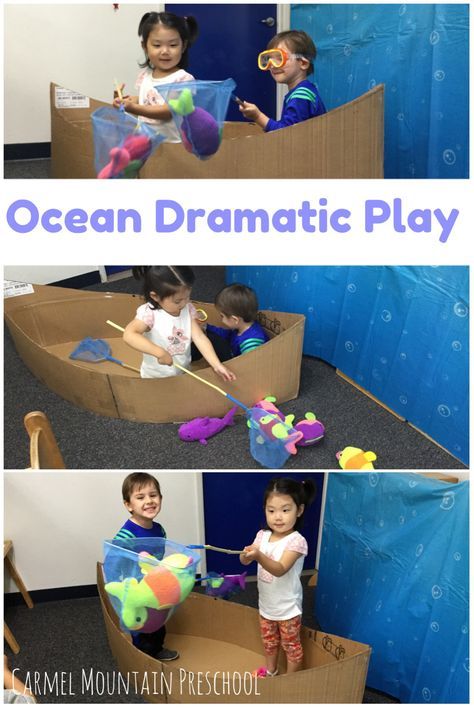
- Students expand their vocabularies. They engage in authentic language development— talking to each other, listening, asking questions, using words and conversation for real purposes.
- Children practice negotiating, sharing, and taking turns.
- Early learners get practical experience with sorting, classification, and organizing.
- Children increase their ability to self-regulate.
- Children expand their attention spans while they plan play activities that last increasingly longer periods of time.
Airport – Dramatic Play Center
This dramatic play scenario is complex, engaging, and oh-so-cute! It is hands-down guaranteed to be one of the students’ very favorite ways to play. The Airport is the one center that students come back years later and ask about. It’s the one that even school-aged kids will play with for hours on end. It is a blast! Click HERE for more pictures.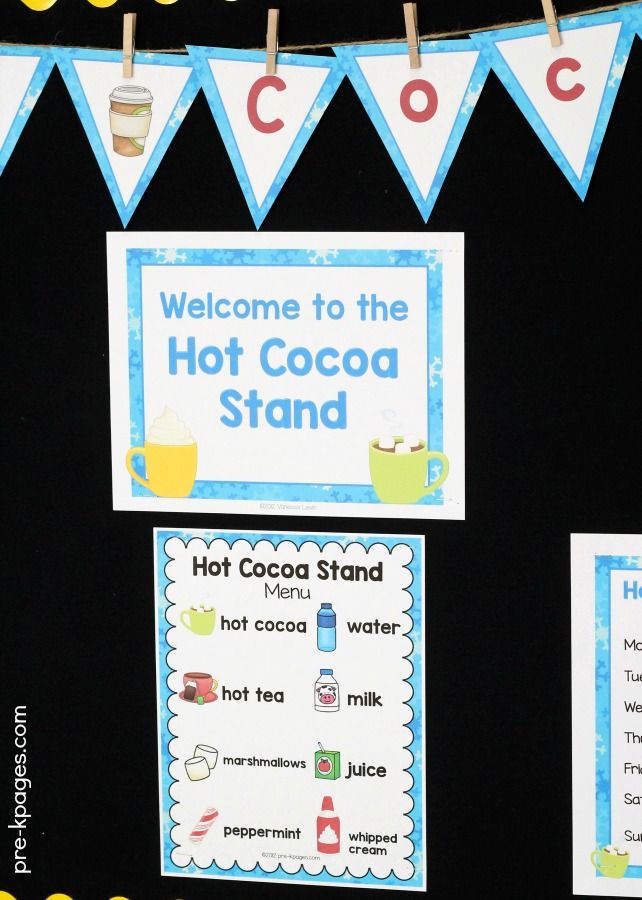
Baby Nursery – Dramatic Play Center
Preschoolers love to pretend to take care of babies and it such an important lesson on how to be caring, gentle and loving. The best part is, most of the supplies are probably already in your playroom. Click HERE for more pictures and ideas.
Birthday Party – Dramatic Play Center
Is there anything better than a birthday party for no reason at all?! No, there isn’t! This Birthday Party dramatic play center is easy because children typically know how to play it. They’ve likely been to many birthday parties and may even start planning their own party months in advance. If you’re just getting started, this one is great for the first month of school.
Cookie Shop
Bakery – Dramatic Play CenterChildren can bake and sell goodies at their very own Cookie Shop. The best parts of this center are the do-it-yourself cookies and double oven! Click on the picture below to see all of the photos.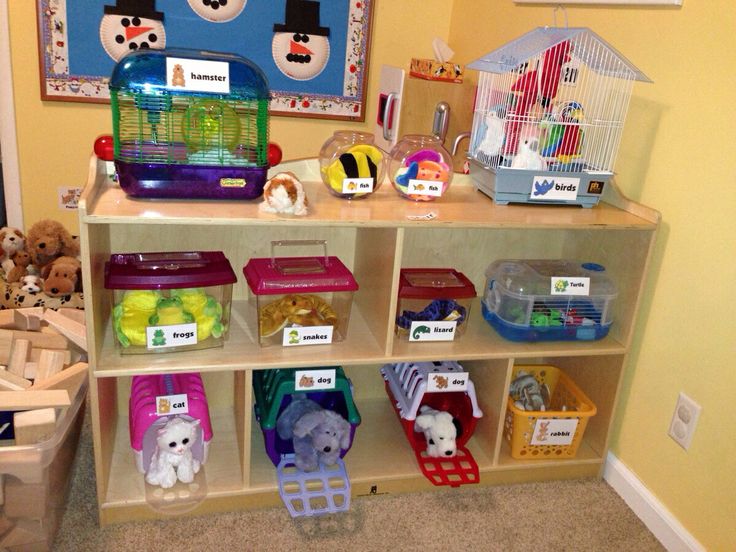
Flower Shop – Dramatic Play Center
Setting up a flower shop is the perfect dramatic play scenario for spring, Valentine’s Day or Mother’s Day. The preschoolers count and add flowers in their bouquets and practice tying bows (or knots!) with ribbon. Click HERE for more inspiration.
Grocery Store – Dramatic Play Center
Ask your preschoolers to save and bring in all of their empty recycling containers, then use them to set up a “Shop Smart” grocery store. It’s guaranteed to be one of their favorites. Click HERE for simple step-by-step directions.
Hospital – Dramatic Play Center
This classic dramatic play center is another favorite. Set up a hospital with a triage cot, doctor costumes and lots of props. No explanation is needed! This is one of the centers (like the grocery store and the restaurant) that the children are usually very familiar with.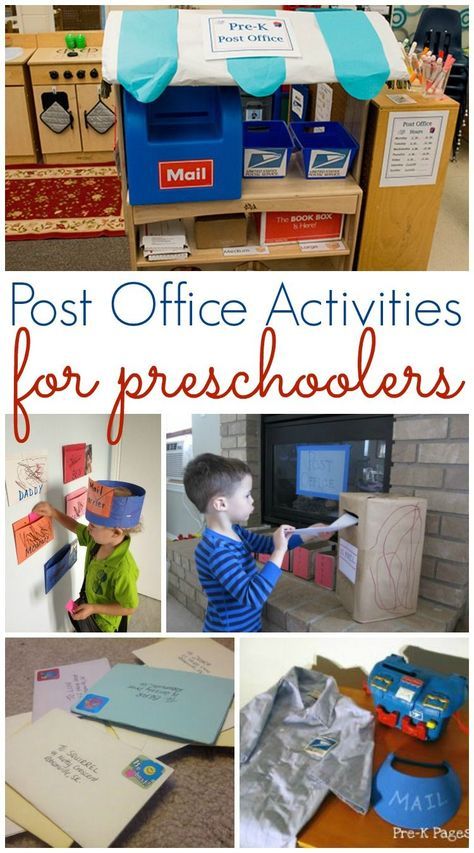 They love to be called “Doctor”! Click HERE for more pictures of the set-up.
They love to be called “Doctor”! Click HERE for more pictures of the set-up.
Hot Drink Cafe – Dramatic Play Center
Warm up with a mug of hot chocolate and a fresh pastry at the “Star Drinks” hot drink cafe. Click HERE to see lots of photo inspiration.
Ice Cream Parlor – Dramatic Play Center
Chocolate and mint ice cream with cherries on top… coming right up! Preschoolers love to scoop and sell this summer treat to their friends. Click HERE to see more pictures.
Library – Dramatic Play Center
Do your students love to reread the books that you share with them in class? Set your dramatic play area up as a Library. Allow them to “check out” books with their very own library card and return them to school the next day.
Pancake and Waffle
Cafe – Dramatic Play CenterWhat’s for breakfast?! Add the pancake and waffle sets (available HERE and HERE from Melissa & Doug) to the kitchen and fire up the grill.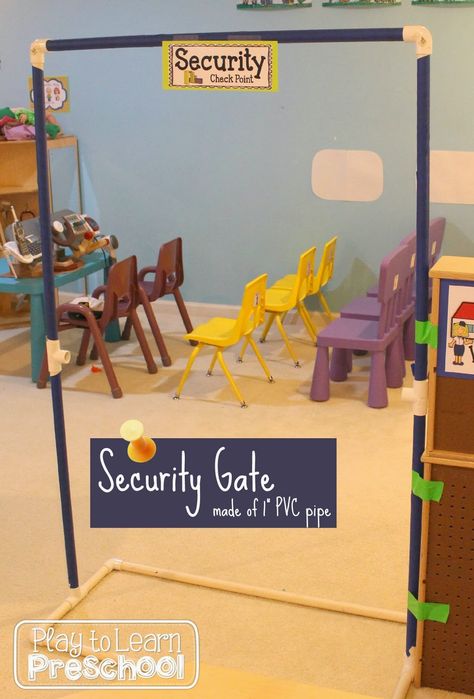 Children will love the custom menus and all of the toppings for their delicious breakfast.
Children will love the custom menus and all of the toppings for their delicious breakfast.
Pizza Parlor – Dramatic Play Center
Make a brick oven from a cardboard box and a roll of “brick” wrapping paper. Preschoolers will make pizzas, and order pizzas, and deliver pizzas, and pretend to eat pizzas ALL.DAY.LONG! Click HERE to see all the photos.
Post Office – Dramatic Play Center
Invite children to write letters to the parents or grandparents, to make cards for their classmates, and to deliver the mail at the Post Office Dramatic Play Center. Click HERE to see lots of pictures.
Restaurant – Dramatic Play Center
Can we take your order? The restaurant dramatic play center is chock full of opportunities to practice reading, writing, and teamwork. Click HERE to see the menu and order forms that are perfect for emergent readers.
Sandwich Shop – Dramatic Play Center
Switch the general restaurant into a fast-food sandwich shop.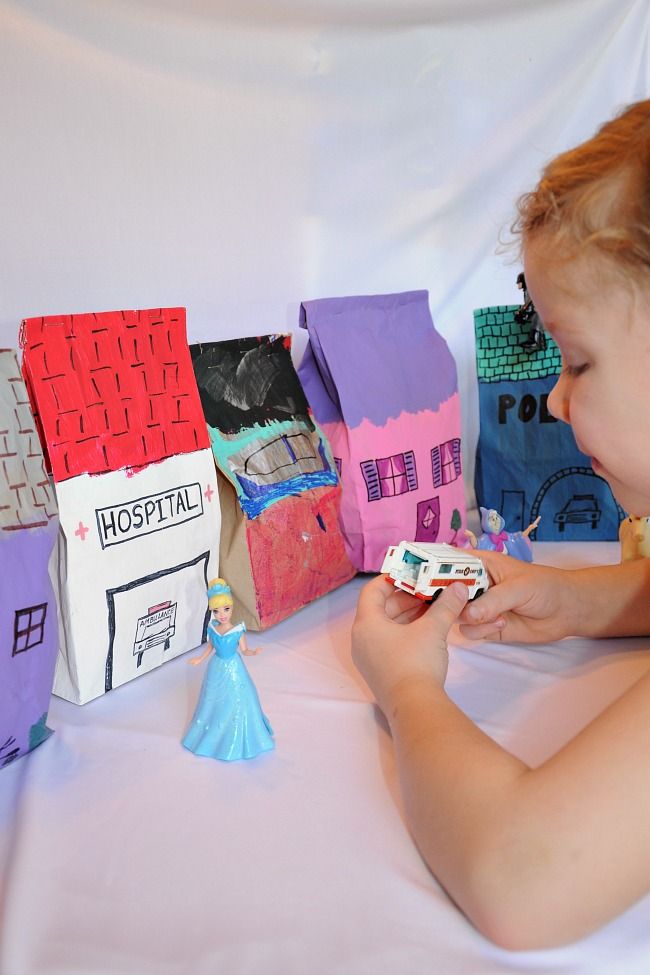 With this dramatic play idea, students will follow the menu board from left to right to choose the bread, protein, vegetables, and toppings for their very own sandwich.
With this dramatic play idea, students will follow the menu board from left to right to choose the bread, protein, vegetables, and toppings for their very own sandwich.
Taco Stand – Dramatic Play Center
Would you like a taco or a burrito from this very popular Taco Stand? Preschoolers will take your order then create the taco or burrito of your choice. What a way to “spice” up the dramatic play center!
Vet Clinic – Dramatic Play Center
While you’re learning about zoo animals, pets, or even the farm, this dramatic play Vet Clinic is a great way to engage children in pretend play. They will care for the animals and become veterinarians, x-ray technicians, and nurses.
Fairy Tale Plays – Theater Dramatic Play Idea
Transformed trifold science boards into a straw house, a stick house and a brick house for an adorable version of the Three Little Pigs. Preschoolers who can memorize and act out stories will have great comprehension skills when they get to school.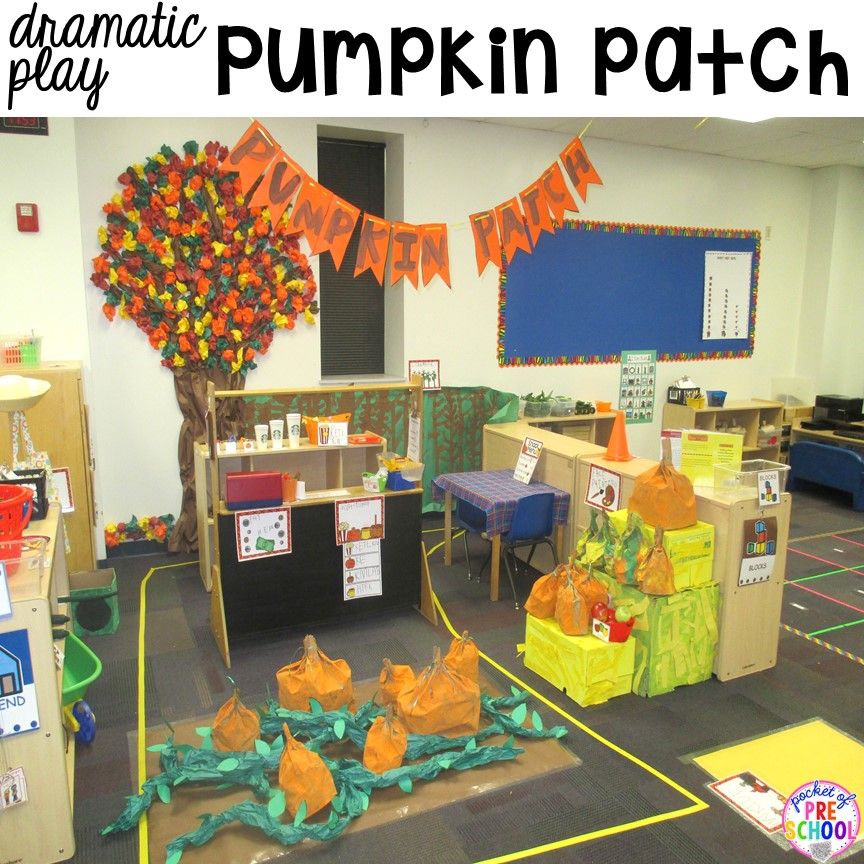 It’s also fun act out Goldilocks and the Three Billy Goats Gruff.
It’s also fun act out Goldilocks and the Three Billy Goats Gruff.
Fountain Drink Machine – Prop for Dramatic Play
Whether you’re setting up a plain restaurant, a pizza parlor, an ice cream shop, or a taco stand, here’s a surefire FUN way to spice it up. Add a drink machine! You can use a box or a bookshelf with just a few simple additions (paper cups and tissue paper) to make it extraordinary. Click HERE for more details.
Window Washer – Dramatic Play Idea
If you’re looking for a quick set-up, cheap center, this is it! Get all the supplies from the dollar store and added water. It’s great for summer, too. Take those kids outside and put them to work! Sometimes the best dramatic play ideas are the simplest.
Dinosaur Dig Site – Dramatic Play Center
Put on paleontology hats and look for dinosaur bones and footprints at this dramatic play dig site. Click HERE to see how to use a simple ingredient from the craft store to turn the sensory table into an excavation site.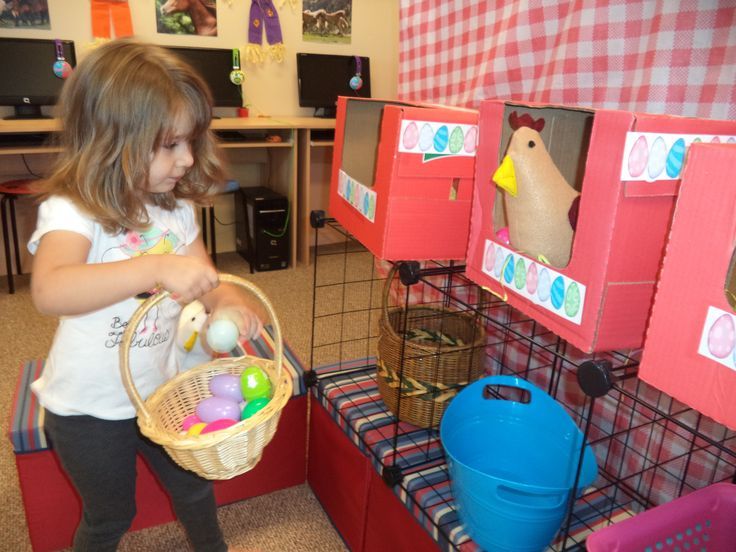
Do your kids like to pretend or role play? What is your favorite way to set it up? Whatever it is, have tons of fun playing and learning with your children today.
Be sure to follow this Dramatic Play Pinterest board for even more dramatic play ideas.
Follow Play to Learn Preschool’s board Dramatic Play Preschool on Pinterest.
All dramatic play idea printables are available HERE:
Are you a teacher?
FREE Home Living Dramatic Play!
The dramatic play area is the center of our classroom community. So much fun, hands-on learning takes place there!
After you subscribe, you will be redirected to the FREE Dramatic Play Set. We respect your privacy. Unsubscribe at any time.
Drama games in preschool | Preschool education
Author: Tomilova Olga Viktorovna
Organization: GBDOU DS No. 67 comb. type of Vyborgsky district of St. Petersburg
Settlement: St. Petersburg
Dramatic play is a spontaneous amateur activity during which the child tests, clarifies and expands knowledge about the world and about himself.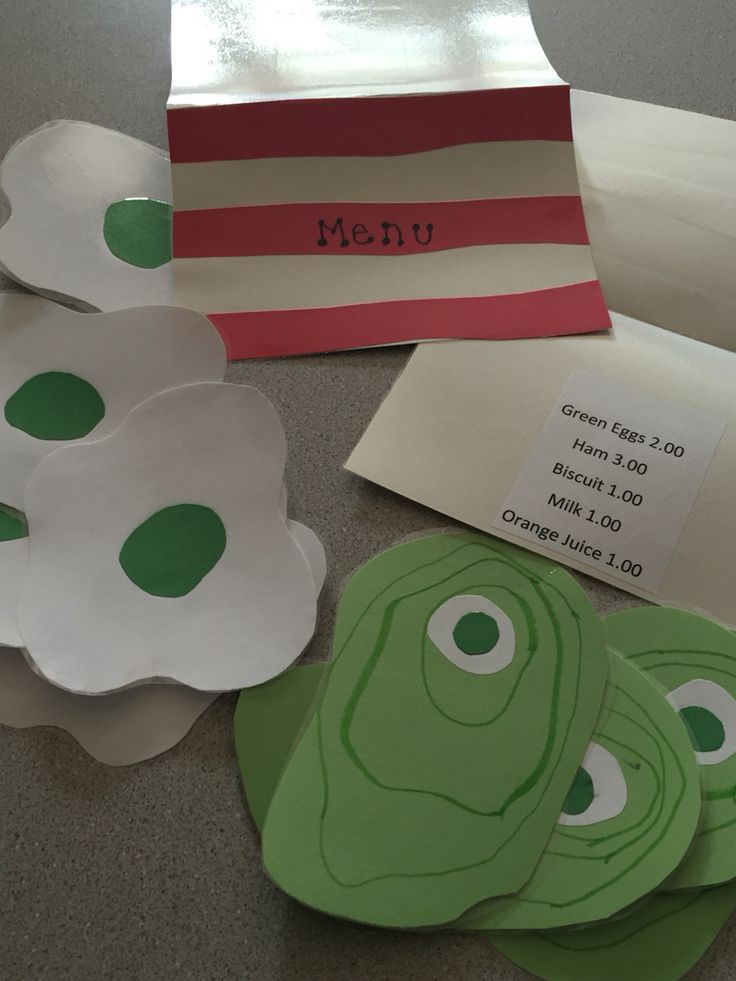 As they play, children reenact places and scenes they have seen in life, imitate the actions of family members, and assume the roles of various people they have met. They reproduce the world that they understand, or one that brings confusion and fear into their minds. nine0003
As they play, children reenact places and scenes they have seen in life, imitate the actions of family members, and assume the roles of various people they have met. They reproduce the world that they understand, or one that brings confusion and fear into their minds. nine0003
From early childhood, children imitate the sounds they hear and the actions they see. While enjoying pretend activities, children react to new situations with movement and voice. That's how they play. This game, if supported, develops into dramatization: an art form, a socializing activity and a way of mastering reality.
Creative dramatization and play, especially in young children, cannot be isolated or limited to a certain place and time. In a group, at home or in a public place, creative dramatization and play help the child develop responsibility, develop new interests and, especially in a group, absorb new knowledge. nine0003
Dramatization is one of the most personal and individual ways of learning.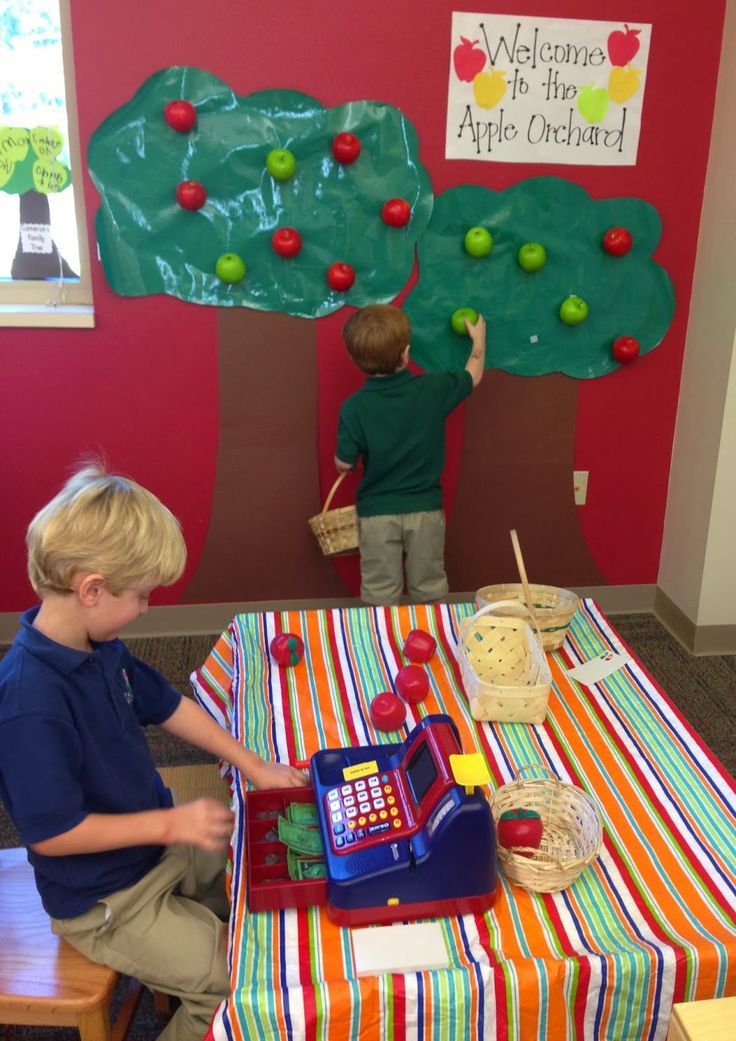 In creative dramatization, there are no performers who memorize roles and use accessories and costumes to influence the audience. In such creative activities, children spontaneously invent, act out and interpret familiar situations and themes for themselves. For example, they act out situations based on real or imaginary roles that they have come into contact with in life, such as going to the zoo. In dramatic play, children create their own world in which they master the real world. In this imaginary world, they try to solve real life problems. They repeat, play again, and relive their experiences. In this way, dramatic play helps the child develop from a purely egocentric being into a person who is able to interact with others. nine0003
In creative dramatization, there are no performers who memorize roles and use accessories and costumes to influence the audience. In such creative activities, children spontaneously invent, act out and interpret familiar situations and themes for themselves. For example, they act out situations based on real or imaginary roles that they have come into contact with in life, such as going to the zoo. In dramatic play, children create their own world in which they master the real world. In this imaginary world, they try to solve real life problems. They repeat, play again, and relive their experiences. In this way, dramatic play helps the child develop from a purely egocentric being into a person who is able to interact with others. nine0003
Developmental Influence
In dramatic play, children often spontaneously take on the role or actions of someone else (pretend to put out a fire like firemen), use objects in a substitution function (sit on a building block while pretending to ride on a truck through the streets) and play out familiar situations (going to the market or grocery store).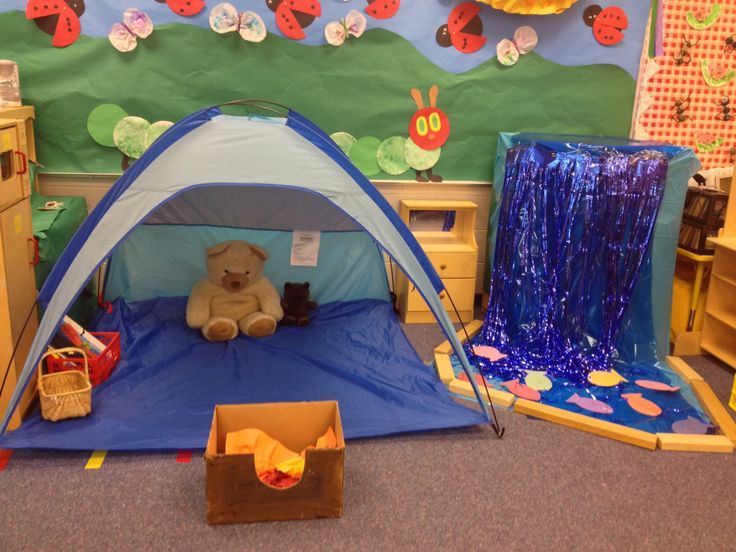 For a rich and meaningful preschooler, this is the ideal arena for emotionally rich and meaningful learning. Dramatic play develops the child in every way. If the educator correctly organizes the activities of children, they will receive a versatile (mental and motor) experience that is adequate to their individual characteristics. nine0003
For a rich and meaningful preschooler, this is the ideal arena for emotionally rich and meaningful learning. Dramatic play develops the child in every way. If the educator correctly organizes the activities of children, they will receive a versatile (mental and motor) experience that is adequate to their individual characteristics. nine0003
In creative dramatization and play, a preschooler performs actions that:
1) contribute to the development of the five senses;
2) develop active and passive speech;
3) help children understand human relationships and learn patterns of behavior;
4) link ideas to each other;
5) stimulate creative thought and problem solving;
6) increase self-respect;
7) develop ways of expressing emotions and feelings; nine0003
8) develop fine and general motor skills;
9) signify the joy and freedom of childhood.
While playing, children learn to concentrate, exercise their imagination, try out new ideas, practice adult behaviors, and gain a sense that they influence the world around them.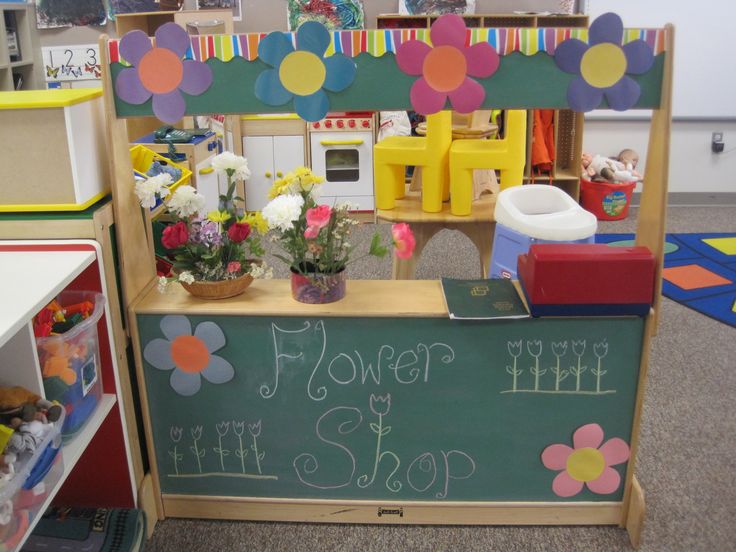 In addition, children gain a growing understanding of the beauty, rhythm, and organization of their environment and their own bodies as they learn ways to communicate their thoughts, feelings, and emotions to others. nine0003
In addition, children gain a growing understanding of the beauty, rhythm, and organization of their environment and their own bodies as they learn ways to communicate their thoughts, feelings, and emotions to others. nine0003
Social development
The role-playing game almost always involves the participation of several children, so it is the most important factor in the social development of the child. The game often includes elements of joint planning and cooperation. Children may argue and get upset, but they get used to dealing with the interests of others. At the same time, they begin to understand that it is interesting and pleasant to play and study with peers.
Emotional development
Children bring to play what they know about life: their knowledge and delusions, their wishes and fears.
Play reflects children's understanding of social roles and relationships. Children can also act out events they have experienced or heard about.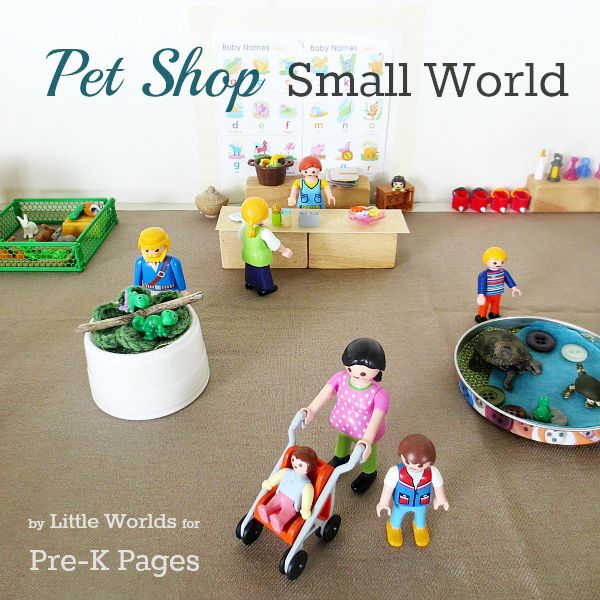 They may act out a frightening event, such as an accident they witnessed, to help deal with difficult emotions. They may also replay pleasant events to re-experience the pleasure. nine0003
They may act out a frightening event, such as an accident they witnessed, to help deal with difficult emotions. They may also replay pleasant events to re-experience the pleasure. nine0003
In role-play, children can dress up and become whoever they want to be. Children depict people and events not only as they would like to see them, thereby expressing their desires or fears. The game gives the child the opportunity to express negative feelings that the child cannot yet put into words.
In play, children act out life experiences by selecting and organizing roles and events in accordance with the desire to maintain emotional well-being. Through play, children increase their understanding of their strengths and weaknesses, their attachments and dislikes, their ability to lead and persuade or obey. All this contributes to the development of self-awareness. nine0003
Intellectual development
During drama play, children develop cognitive skills, learning to connect one with another, to understand patterns of behavior and to organize information.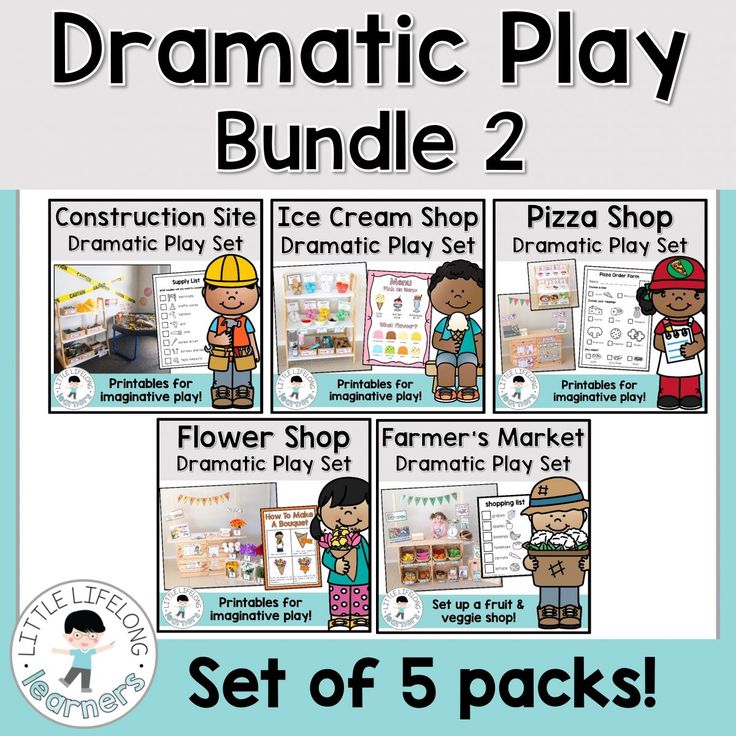 They try ideas and learn from trial and error, they plan and execute plans, and form a vision of the past, present, and future. Children use memory to reconstruct people and events. In the game, children create using materials and toys in completely new ways. Thus, dramatic play stimulates mental development not only through the support of creative manifestations, but also through the involvement of speech skills that play a key role in thinking and communication. nine0003
They try ideas and learn from trial and error, they plan and execute plans, and form a vision of the past, present, and future. Children use memory to reconstruct people and events. In the game, children create using materials and toys in completely new ways. Thus, dramatic play stimulates mental development not only through the support of creative manifestations, but also through the involvement of speech skills that play a key role in thinking and communication. nine0003
Literature used:
1. Filatova O. Theatrical game-dramatization // Game and children. - 2013. - № 2.
2. Silivon V. The development of creativity in children in the process of dramatization games // Preschool education. - 1983. - No. 4.
3. Makhaneva M.D. Theatrical classes in kindergarten: A guide for employees of preschool institutions. - M.: TC Sphere, 2004.
Published: 10/18/2021
how to do it? — Logoprofy.ru
Highlights
- Creative play develops confidence, language, physical and mental abilities, imagination and emotional understanding in preschoolers.
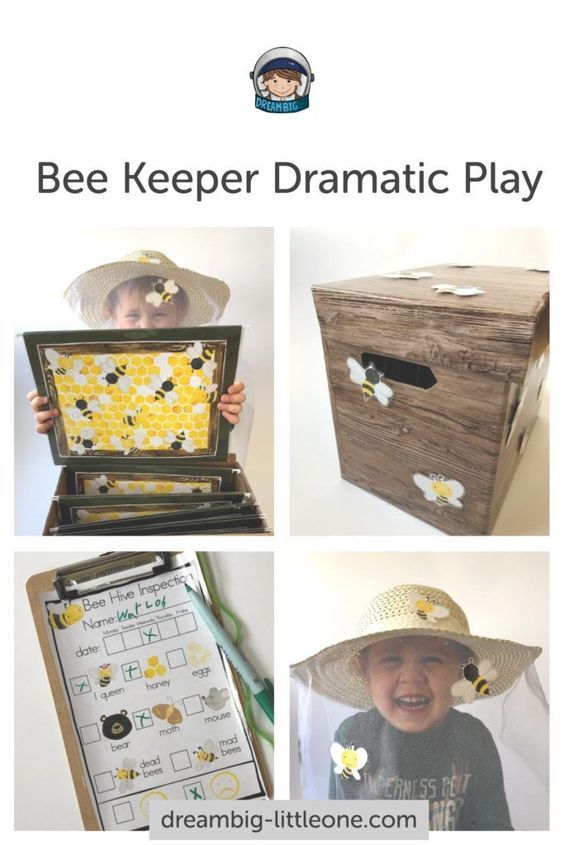
- Drama play helps preschoolers make sense of the world.
- Arts and crafts promote self-expression and decision-making.
- Sound play, music and dance enable preschoolers to express all sorts of feelings.
Training and development through theatrical productions
Your preschooler will often use new songs and stories as the basis for a play. One moment she's a wolf, the next she's a hare!
Taking on roles and seeing the world from someone else's point of view helps your child make sense of the world and express their feelings .
Theater and storytelling also give your child the opportunity to build and develop vocabulary, use imagination and learn about story structure. Sometimes your child prefers to tell stories alone. In other cases, your child may enjoy it more if you join. nine0003
Preschoolers are often fully involved in stories. For example, when you read your preschooler's story, you may notice how they move their arms, legs, or face and mimic what happens in the story.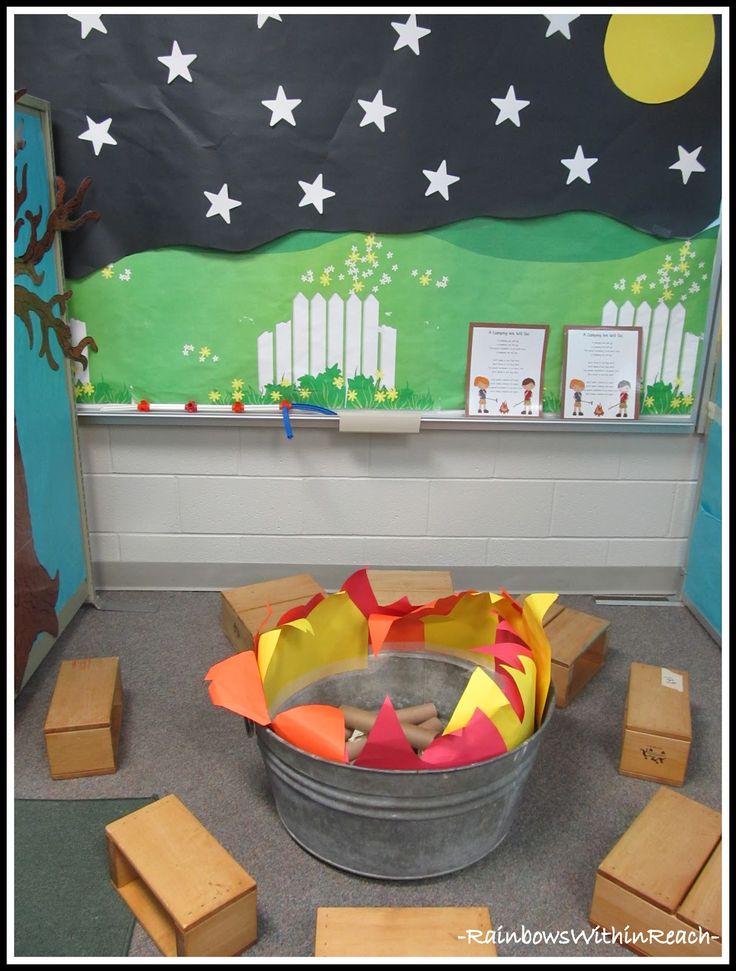
Sensory room: types, equipment, practice of use - video lecture!
Learning and development through arts and crafts
Preschoolers love to express themselves and their ideas with crayons, paints, toys, clay, scissors, glue and paper. Your child may need help using thin pencils, scissors, or sticky tape. nine0003
Your child will begin to create basic shapes and may enjoy experimenting with texture, space and color in art. For example, preschoolers often draw houses with the rays of the sun above the roof. This is because this kind of painting is made up of basic shapes such as squares, triangles, and circles.
Craft activities also allow your child to make decisions for themselves. For example, should the roof be red or blue?
Musical learning and development
Preschoolers use musical instruments - including their own voices - to express feelings and ideas.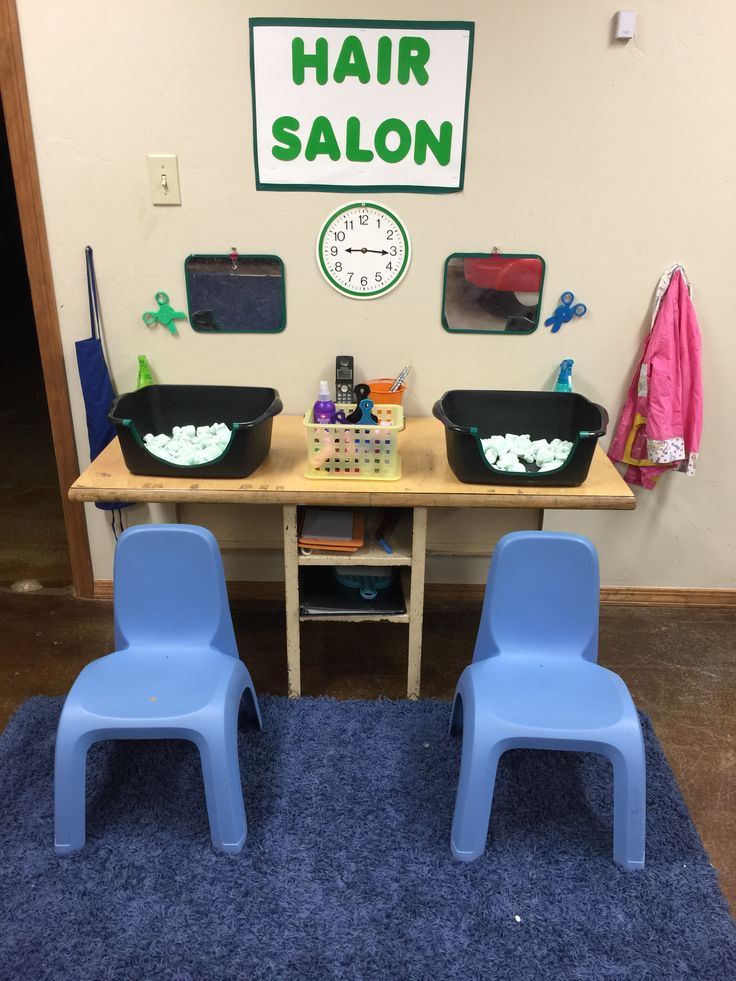
Your child will enjoy singing just for the sake of singing. He will love songs with repetition and simple melodies. He can make up his own words to familiar songs, and the words often come from events and people around him.
Your preschooler can usually recognize and name favorite songs and sing more of them . Singing helps children understand the difference between fast and slow, long and short, loud and soft.
Learning and development through dance
Music and movement help your child develop physical and concentration skills. Your preschooler can move fast or slow, or perform actions and dance moves to go move with the music.
Your child may also express feelings of sadness, happiness, joy or excitement through movement. For example, your child may jump for joy or stomp in anger. nine0003
You may find that your child is flying like a butterfly, crawling like a caterpillar or jumping like a frog. These playful movements help her better understand the world.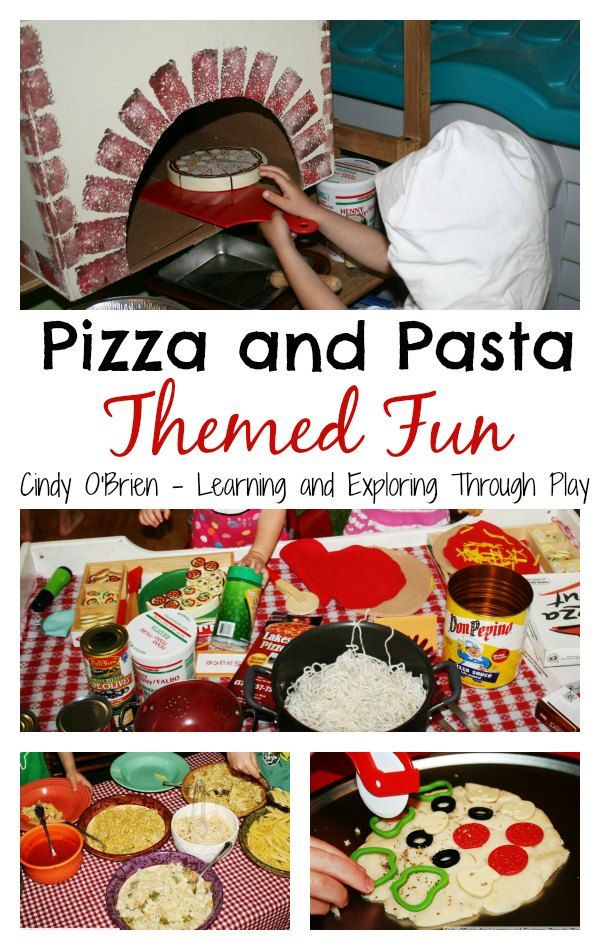 You can encourage this activity by giving it props. For example, your child may wave around the scarf, pretending to fly.
You can encourage this activity by giving it props. For example, your child may wave around the scarf, pretending to fly.
- Encourage your preschooler's creativity by giving your child enough time, materials and space to play.
- Follow your child's directions and build their confidence with descriptive praise about their creativity. nine0090
- Use household items, recycled items and natural materials to spark your child's creative play.
Encouraging your preschooler's creative play
For your preschooler, time, materials and space for creativity are very important.
Preschoolers love to be spontaneous in their creative play, so it's good to follow your child's wishes. But there will also be times when your child wants you to be more involved in his creative activities. By being actively involved, you can develop your child's skills and understanding. nine0003
It's good to show your child that there are several ways to do something .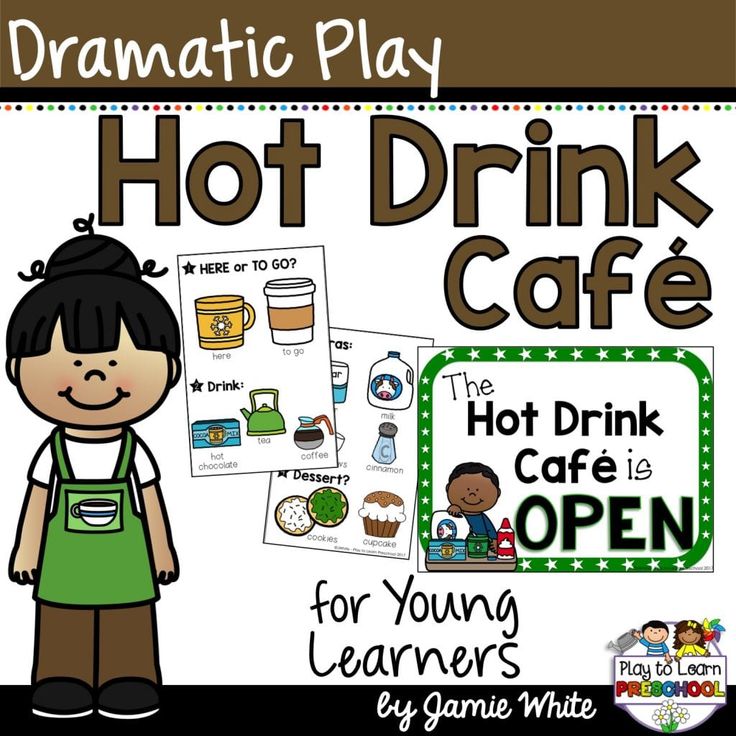 For example, there are several ways to draw a person, build a sand castle, or play a drum. This lets children know that they can develop their own ideas.
For example, there are several ways to draw a person, build a sand castle, or play a drum. This lets children know that they can develop their own ideas.
You do not need to give your child new or expensive play materials. Homemade, recycled, and natural materials are inexpensive ways to stimulate play and imagination.
And whatever works of art your child offers, actively praise him, emphasizing the merits of his work. For example, “I like the picture you drew. You know how to choose the right color. This boosts confidence and encourages your child to continue imaginative play. nine0003
Creative activities: arts and crafts
Everyday and recycled items can stimulate your child's creative development. For example:
- Give your child an empty cardboard box to make a house, a robot, a truck, an animal - whatever interests your child. Your child can color the box or decorate it with craft materials.
- Use empty dishes or toilet paper rolls or small plastic juice bottles to make people.
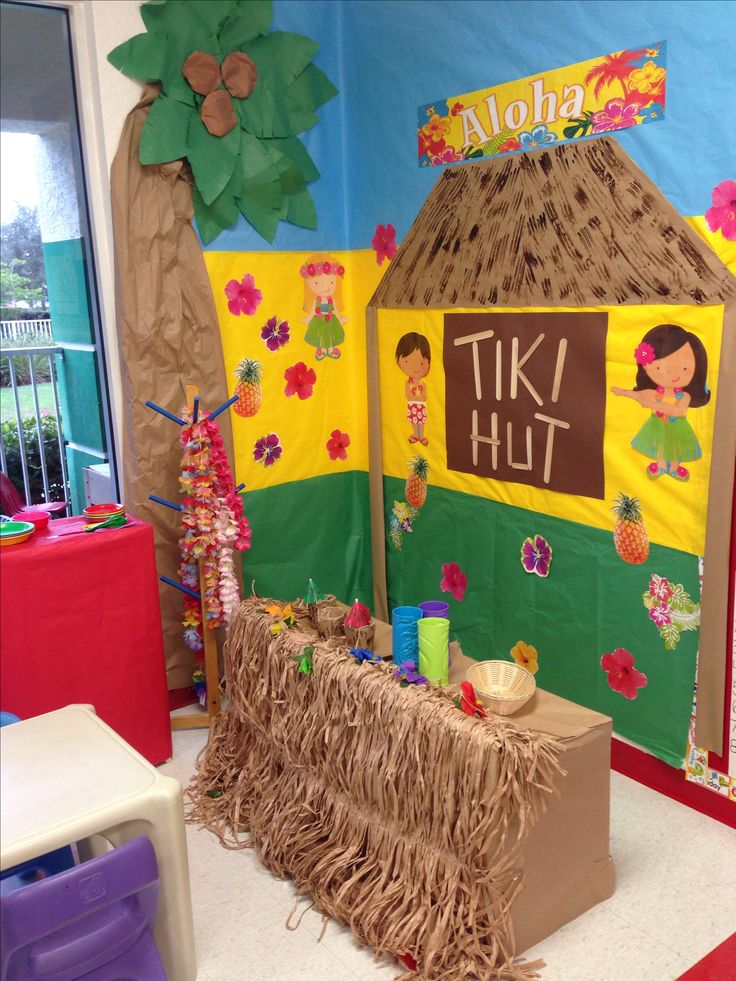 Draw on faces, stick paper clothes on them and use cotton wool for hair. Your child can use these new toys to make up stories. nine0090
Draw on faces, stick paper clothes on them and use cotton wool for hair. Your child can use these new toys to make up stories. nine0090 - Go on a nature walk to find natural materials for your art. For example, in the fall, collect fallen leaves for drawing, pasting on paper, or coloring.
- Use small plastic caps, buttons and thread to make jewelry.
- Keep a "busy box" of things like string, wrapping paper, paper candy coasters, stickers and straws that your child can use to do whatever they want. nine0090
- Find apps or games your preschooler can use to create digital art. For example, there are free drawing or photo collage apps. Here are a few ideas to help you and your child get started:
- Don't throw away your old clothes, they can be used as props for home productions. You can also find cheap and fancy clothes and props in stores. nine0090
- Use puppets for show. Easy to make simple puppets. You can use a cardboard box to create a puppet show.
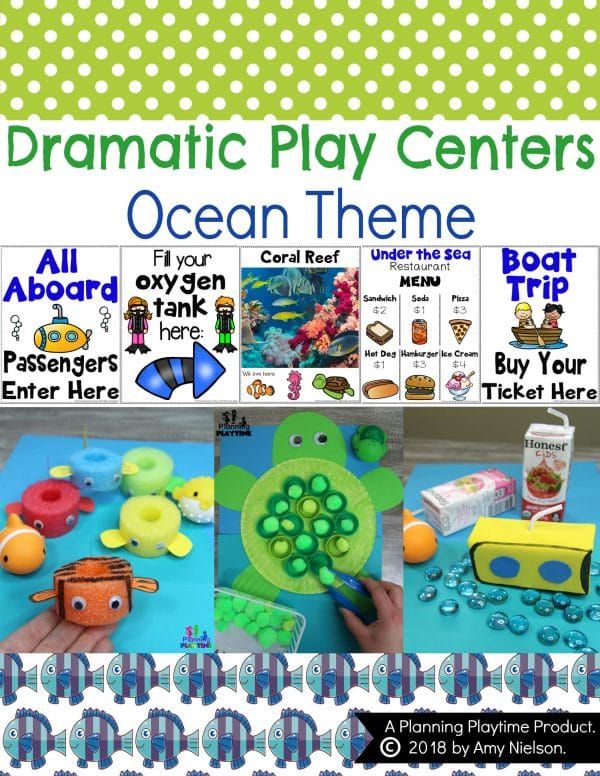
- Use songs and movements to act out things from everyday life. It can be doctors, moms, dads, shopkeepers, firefighters - whatever your child wants.
- During the story, encourage your child to role-play the story with movements or sounds. For example, your child can pretend to be one of the 9 cartoon dragons.0090
- Video of your preschooler playing. Help him use the movie maker app to turn it into a special video to share with family and friends.
- Creative activities: music, movement and dancing
Music, movement and dancing can often be part of simple, everyday play with your child:
- Give your child a saucepan, a saucepan lid and a wooden spoon - your child can use her as a drum set. nine0090
- Watch short videos of animals moving and making noise in the wild. Your child may enjoy copying the movements and sounds of animals.
- Play your instruments to match the animals and their movements.


